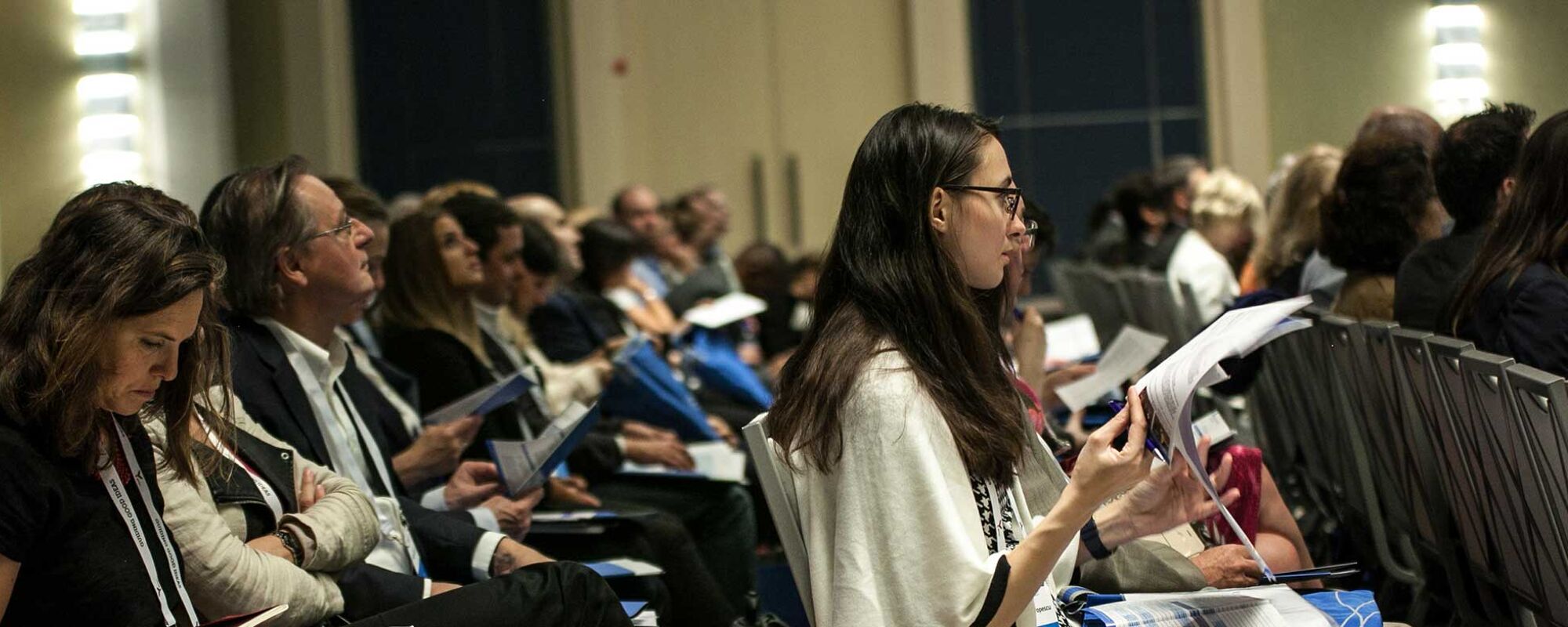
Economic theories of the market and public goods in the evaluation and method for HEIF.
We evaluated our funding for knowledge exchange (KE) through the Higher Education Innovation Fund (HEIF) in 2015 based on two studies. PACEC consultants and Tomas Coates-Ulrichsen of Cambridge University adopted qualitative and quantitative approaches respectively, to give a rounded view of the achievements of the funding. Both studies commented on the strengths and weaknesses of using KE income as a measure of the impact of our funding, and also as a metric to allocate funds. Both studies came to the pragmatic conclusion that income was the best approach we have to date to measuring value, and that it was not obviously distorting as an allocation metric.
Views on knowledge exchange can be extremely polarised. We are as likely to be asked why public funds should pay for any KE as why public funds should not pay for all KE. So one end of the spectrum of views is that any KE from universities to economic or societal partners represents a public good, ensuring that the (often publicly funded) knowledge finds its way into productive use. The other end of the spectrum is that those who clearly benefit from university knowledge and expertise should pay for it, and, particularly, universities as educational charities should not ‘subsidise’ the private sector. Since rhetoric on both sides is strong, we asked Tomas Coates-Ulrichsen, as an innovation expert who is knowledgeable on the economics of KE, to give us advice.
Governments provide public funding in circumstances of market failure, and increasingly act to address wider innovation system failures affecting the flow of knowledge (not least between knowledge producers such as universities, and knowledge users in the economy and society). University knowledge exchange represents an area of activity with significant challenges of these sorts. The knowledge generated in universities is often a long way from the market. It often requires significant further investments and integration with the industry’s assets before it can be used in a commercial setting. For novel, emerging technologies and ideas in particular it may not be clear whether any demand will exist. It is thus often very unclear whether a new university technology will be economically successful. Significant systems failures may also impede universities and businesses (or other enterprises) from finding each other and exchanging knowledge to productive end. Linkages between universities and businesses need to be supported at both ends with appropriate capabilities, processes and specialist capacity. The provision of public funds through HEIF is specifically intended to address these challenges.
We cannot conclude, though, that all KE activities are affected by such market or system failures. The knowledge and expertise of universities, or even of individual academics, may lie on a spectrum from public good, affected by failures we describe above, to private good where the market mechanism works well to ensure successful knowledge exchange. Positioning on the spectrum will likely change from case to case. An academic in engineering, economics or art and design might one day use their stock of established wisdom provide very practical advice to a business to solve a near-to-market problem – for example, the way to finish a product, devise a business model or present a brand. On another day, the same academic may be focussing on an entirely novel technology, algorithm or visual image that could have long-term economic or societal significance, but whose potential application is as yet wholly unknown. Focusing overly on seeking income in the latter case could rob us of world-changing developments. Focusing overly on public good, and not expecting the partner to contribute, in the former could provide a subsidy that is not the most effective use of public money. It could also do detriment to knowledge suppliers outside higher education by distorting pricing.
All this points to a difficult balancing act for universities, where there will be no clear right answers. Universities need to develop sophisticated policies and processes to determine where their knowledge and expertise sit on a public-private spectrum, also taking into account any particular industry sector characteristics that make absorption of university knowledge less or more challenging. All this needs to be qualified by the need for universities to attend to relevant regulatory frameworks to higher education, such as charity commission and state aids regulations, which affect the terms they may conclude with partners.
Universities should seek to find and maximise routes to impact, but must apply complex judgements on public and private goods and market conditions in terms of pricing. We aim to work with universities to provide tools and techniques to support their decision-making on appropriate deal-setting, through our programmes on HEIF and KE strategies and the KE framework
Related News

VIADUCT: Third Interregional Meeting and Site Visit in Tampere, Finland
On 11th and 12th June 2024, the VIADUCT project partners and stakeholders gathered in Tampere, Finland,…

ASTP-TII Scholarship | 2nd Edition
Are you a young KT professional, within higher education and/or a research organisation, under 30…

Times Are Changing: Recap of the SSHA SIG workshops in Seville
On Wednesday, 22 May, and Thursday, 23 May, the Social Sciences, Humanities, and Arts Special Interest…

